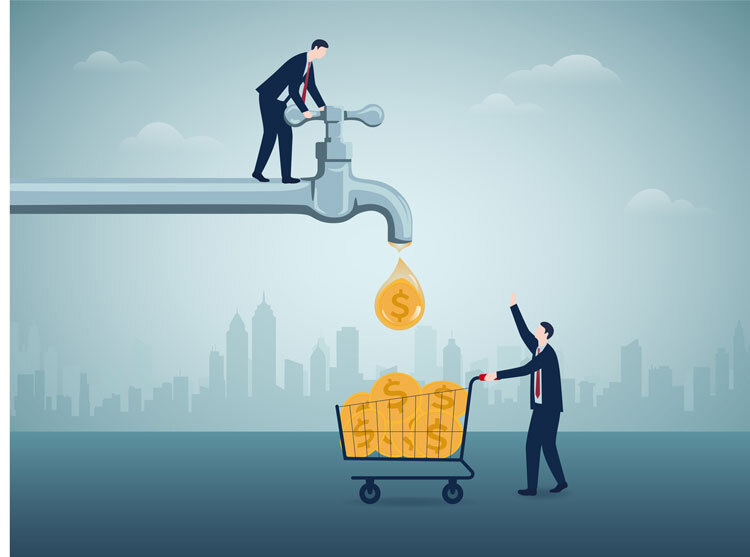Acquisition Financing and Asset Value Cycles
Posted on: July 18th, 2023

All asset values fluctuate over time reflective of industry-wide factors as well as financial market dynamics. When the acquisition financing spigot is turned on and capital is flowing indiscriminately, M&A valuations tend to be high. When a credit crunch hits like it did in 2009, acquisition financing dries up and valuations contract. Acquisition financing returns correlate highly with the level of competition and conform to a countercyclical pattern. When there are a lot of willing lenders, the acquisition financing market is flooded with capital and too many bad deals get funded reducing returns. When competition thins out, acquisition financing lenders have better deal quality and better pricing leading to higher returns.
Additionally, industry-wide valuations go through their own unique cyclical pattern influenced by revenue growth and gross margin performance. Most buyers think it is best to buy a company during an economic expansion or boom period. Capital flows freely, economic optimism abounds, and risk premia are low during a boom. This set of factors forms the basis for a positive feedback loop that can drive asset prices to unsustainably high prices divergent from fundamental value. For middle market M&A, this plays out through vertiginous multiple expansion, with companies suddenly trading at 15 times EBITDA versus 10 times in the prior year. The logic for paying more seems to be nothing more than the last person paid slightly less, ergo this is a bargain in a hot and ever- increasing market.
Savvy acquirers know that this type of uninformed behavior only works when you time the market right. The key to generating above market returns is skepticism of conventional market wisdom and a contrarian mindset. As the legendary Warren Buffet says, “Be fearful when others are greedy, and greedy when others are fearful”. This chestnut of a saying reinforces the countercyclical nature of investment returns. Because most of your total return is driven by the price at which you buy, the best time to buy is when there are few competitors. Why compete with other acquirers at the top end of the market, if you can purchase an asset at 2 times EBITDA in a battered sector with good recovery prospects. It is far preferable to buy during a recession or bleak period in an industry than to invest in top of market conditions.
